From an early age during the 1980s Taipei kustom painter Jeffrey Chang was attracted to artistic expression. In school he excelled in art class and developed knowledge and skill with a brush and paint. Unlike in the West where pens and pencils are put into the hands of young students as writing tools; in Taiwan, the brush is the common denominator of graphic communication. Young students are taught how to hold their brush, load it with black ink, then the stroke order needed to reproduce more than fifty-thousand characters in the Mandarin language[1]. The subtlety, complexity and power of black ink (heise moshui) combined with the brush (shuazi) runs deep in Chinese culture.
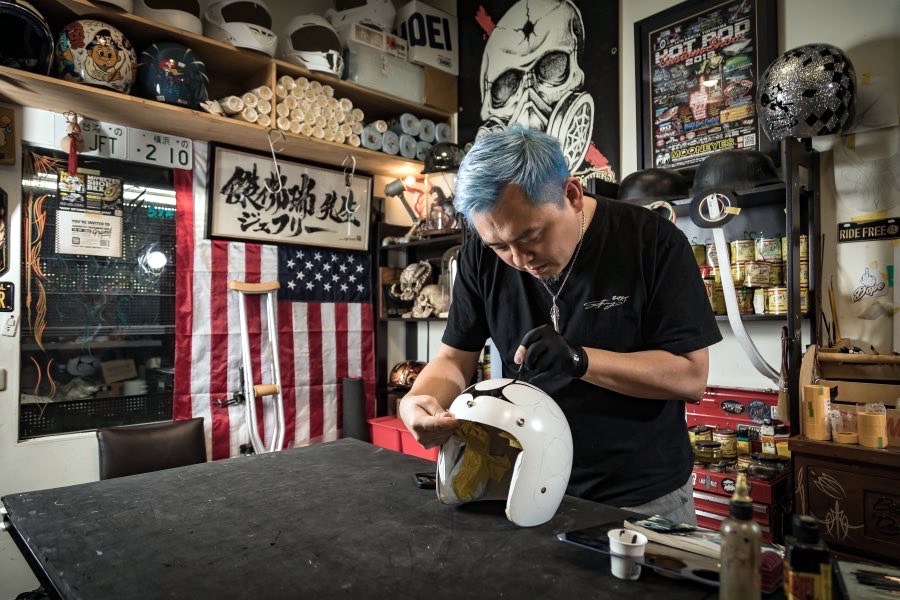
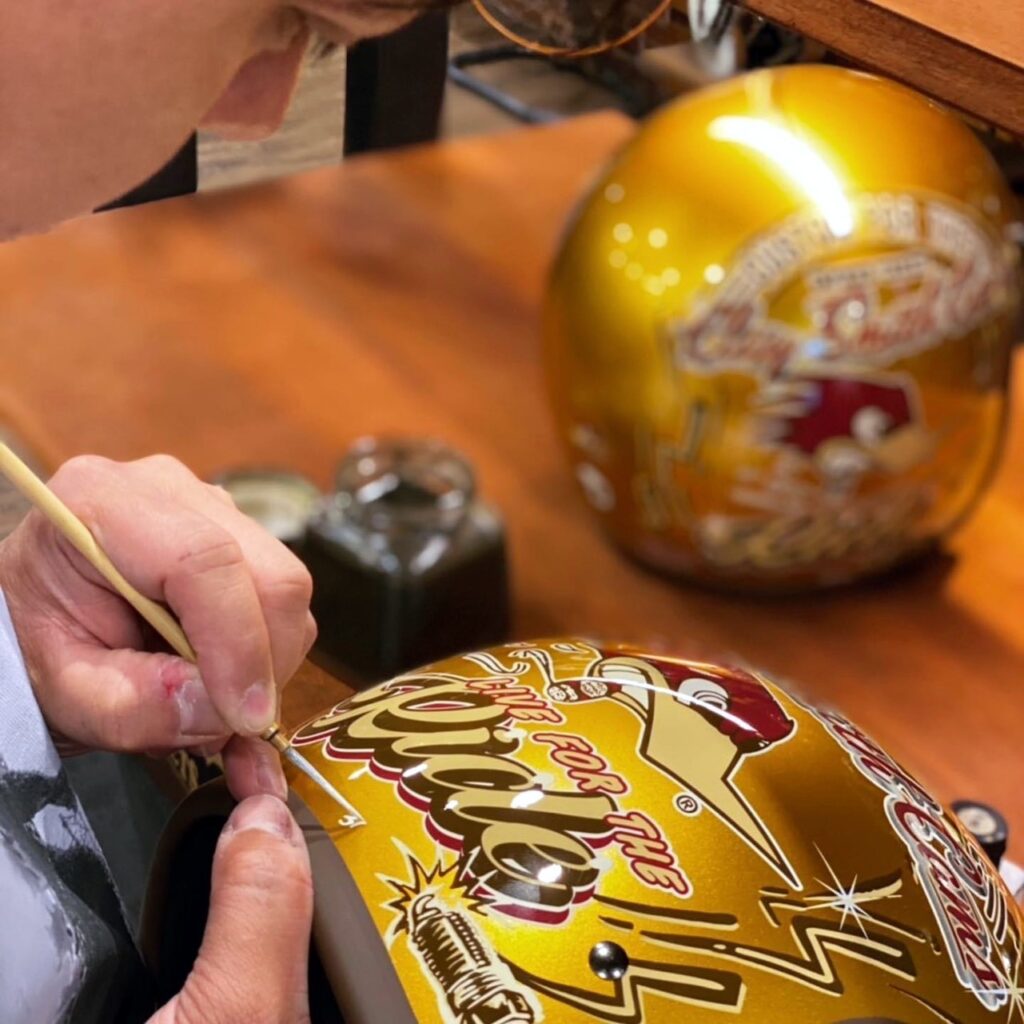
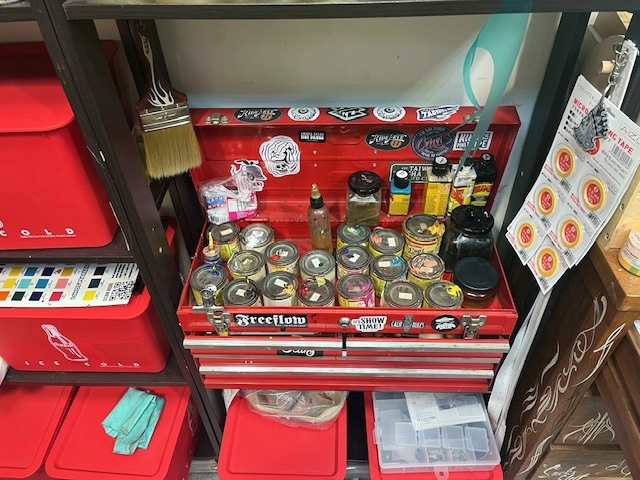
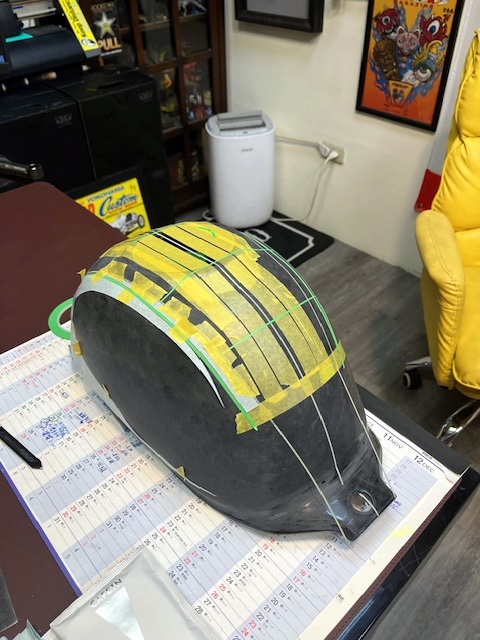
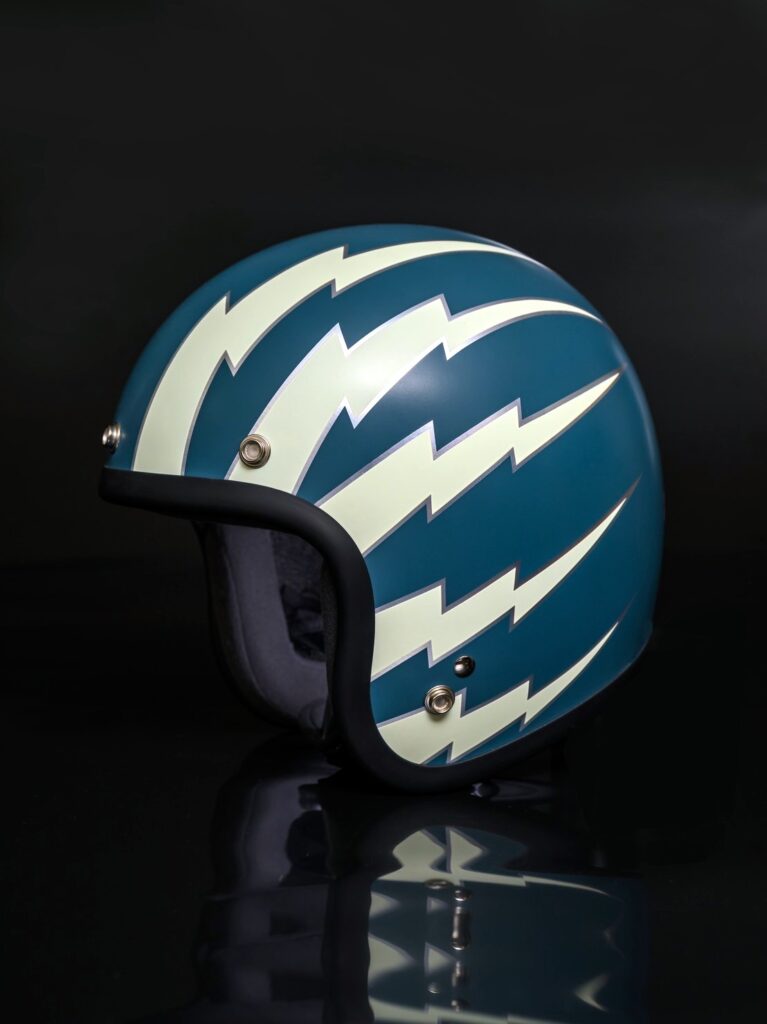
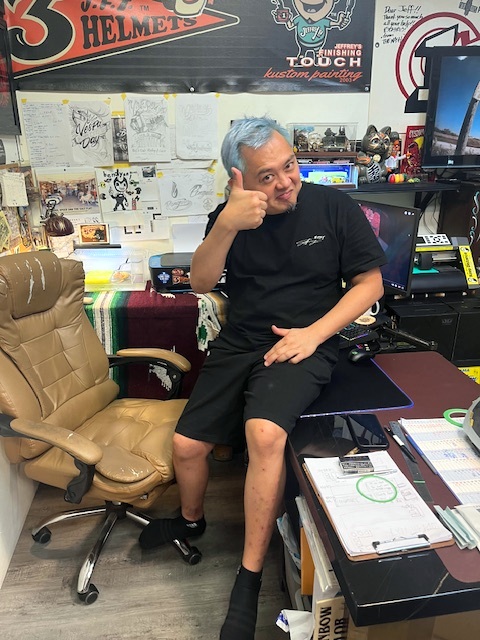
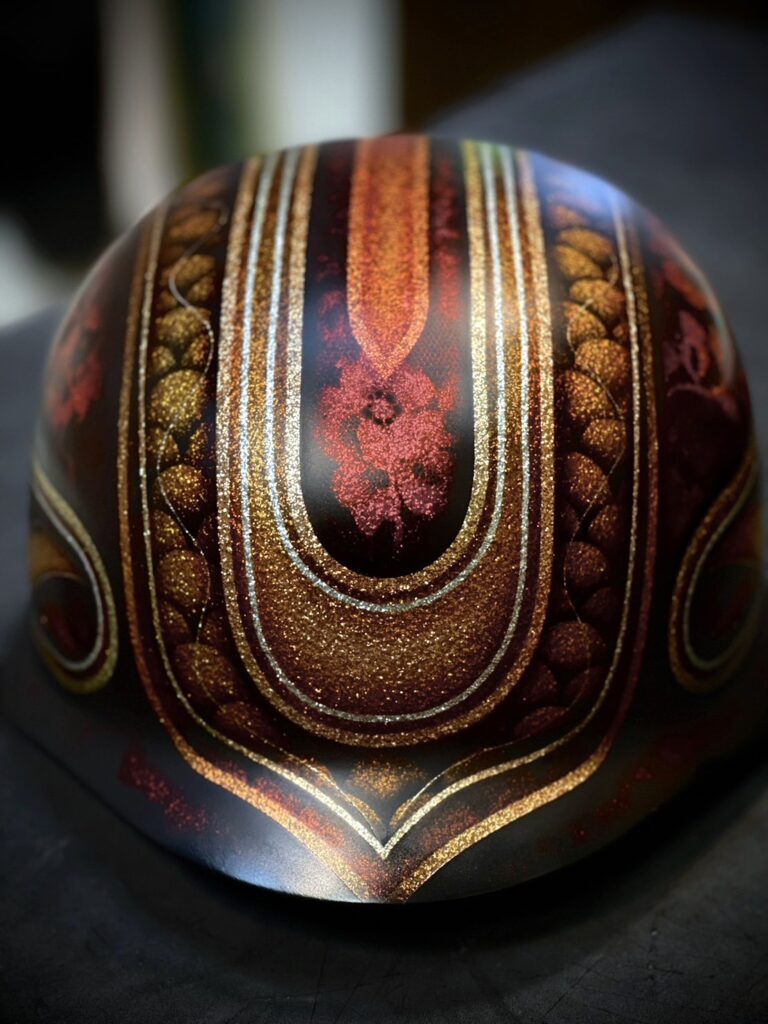
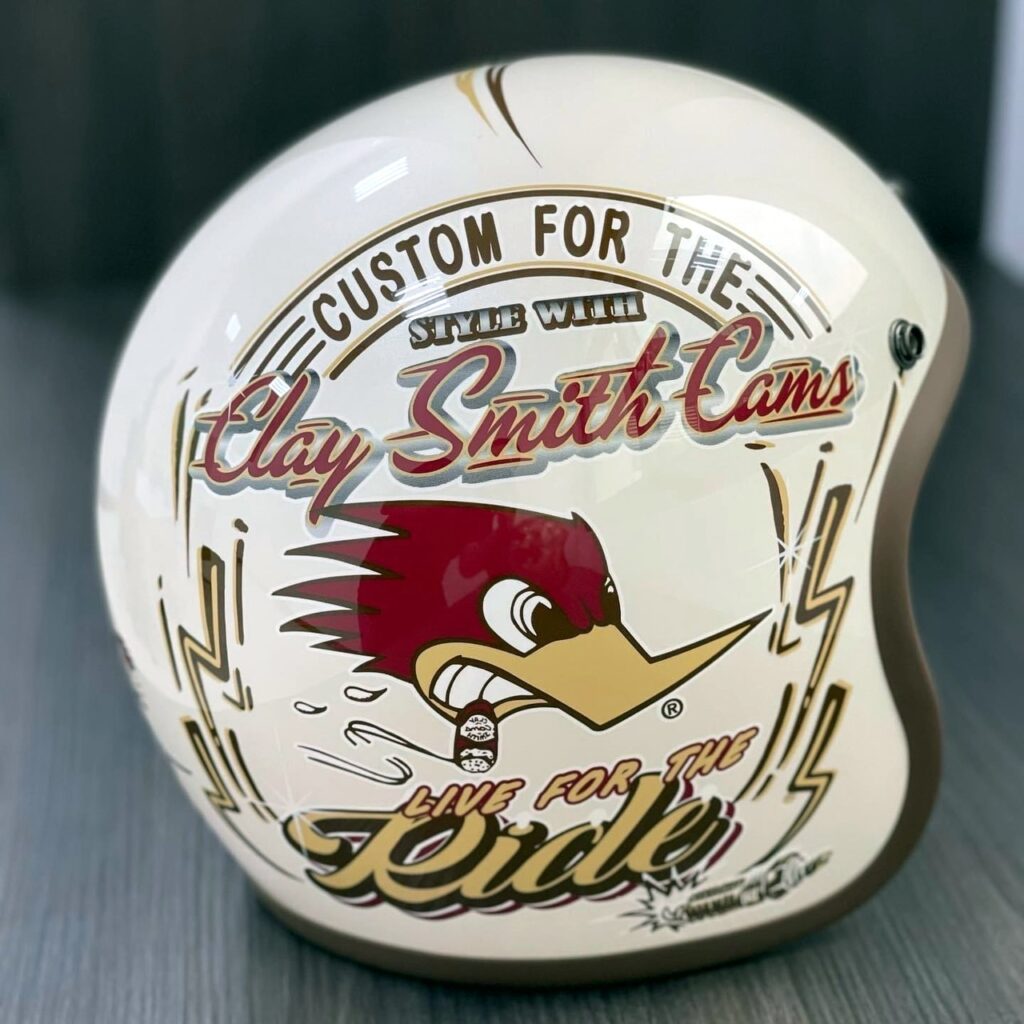
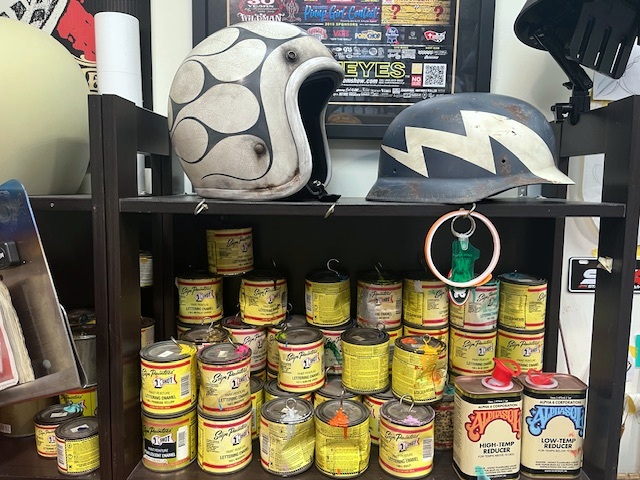
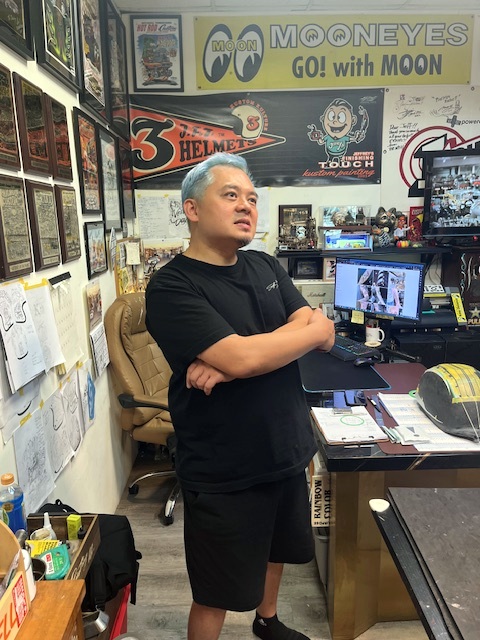
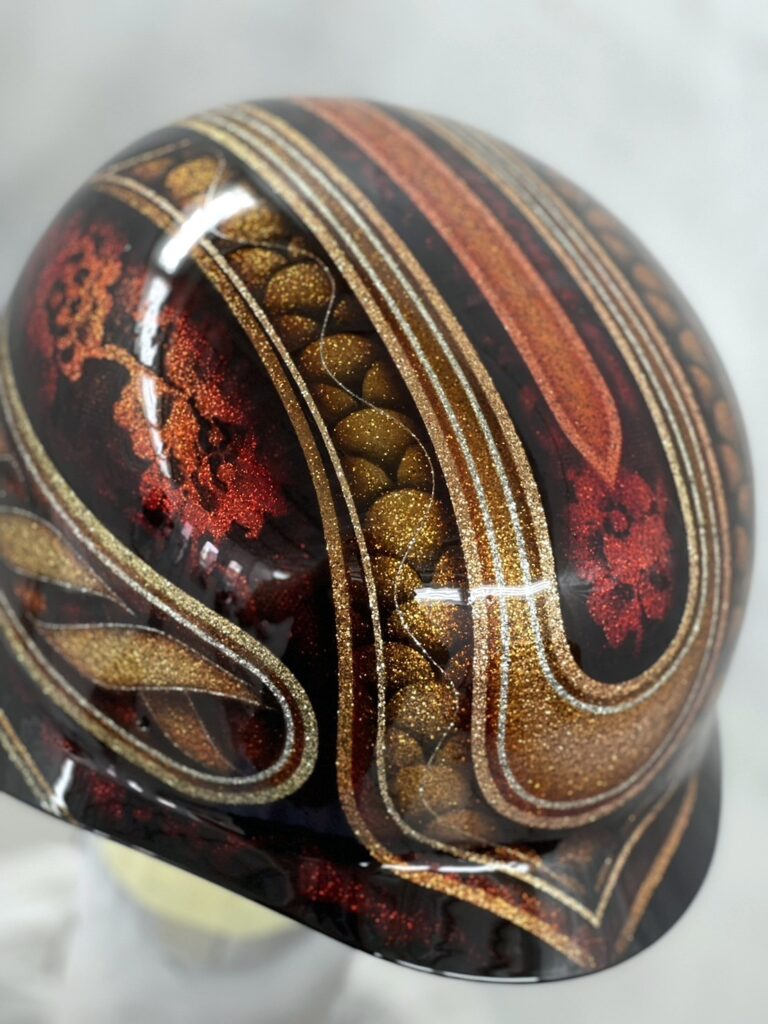
[2] Von Dutch (Kenneth Howard) was a So/Cal visionary fabricator and artist who is credited with creating the term Kustom Culture in 1949 while working at the Barris Brothers Atlantic Ave., Lynwood hot rod customizing shop. “The first job he (Von Dutch) did for George (Barris) was to paint the sign on the outside of his building. Dutch fooled with the spelling and came up with a ‘K’ instead of a ‘C’ to spell custom. Thus establishing the Barris’ phrase ‘Kustom Car’. Temma Kramer- Hot Rod, 1977. The ‘wise ass’ changing of the C to a K was no simple act. It symbolized the influence of the new California youth demographic to change the course of history.
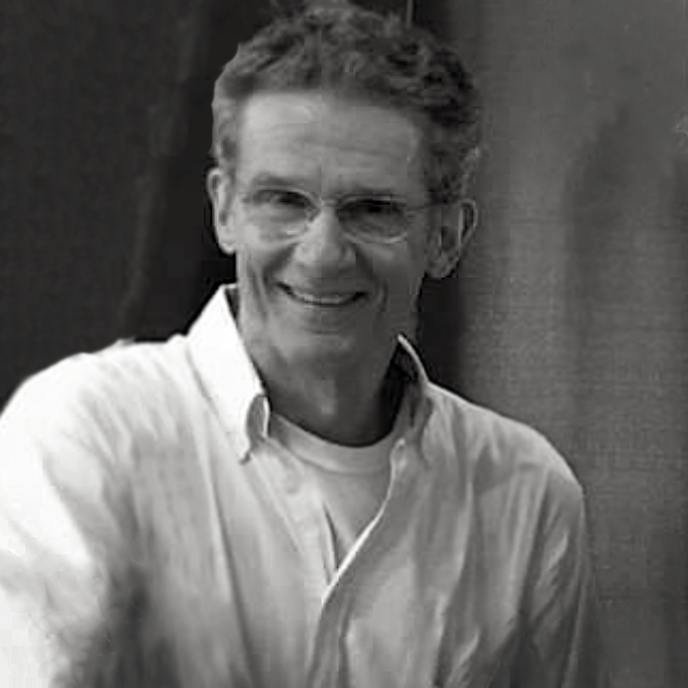

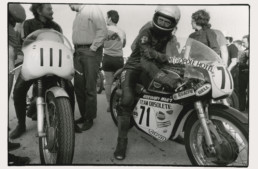
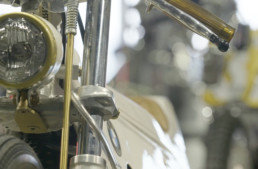
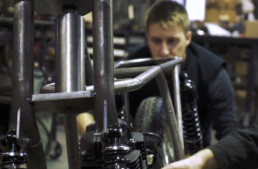
Ahhhhhhhhhh …… old school custom painting at its finest ! Would love to see his work on a complete bike !
But … errr … in light of … well … you know …
Here’s hoping Jeffrey has many years of freedom to exercise his craft well into the future . .. or … at some point he makes his way here …
Sigh …. GTRSLNGR … aka … Kafka on the High Plains …… indeed
8-(
Couple of addendums ;
1) If you really want to delve into the difficulty of Mandarin ….. look into what it took to adapt it to computer / smart phone keyboards and typewriters in order to do business in the West . Phew … its amazing anyone finally figured that one out …. phew …………………..
2) Tis truly a sad sign of the times that a M/C site such as this needs to educate the masses that which should d be common knowledge … that being who the hell Von Dutch was … and his massive influence on custom culture in general …
Which is to say ….
What’s the Deal With Y’all …. ‘ Snowflake ‘ ? *
Old Guys Rule … in more ways than the youth pf today can imagine ( not that most of them can imagine / create / dream etc )
.Sigh ….. … Kafka on the High Plains … to the power of ten
* If you don’t know what came before … you don’t know where you are now … and you certainly aren’t in any position to know what the H-E double hockey sticks ‘ might be coming next …( Philosophy 101 for Dummies )
😎